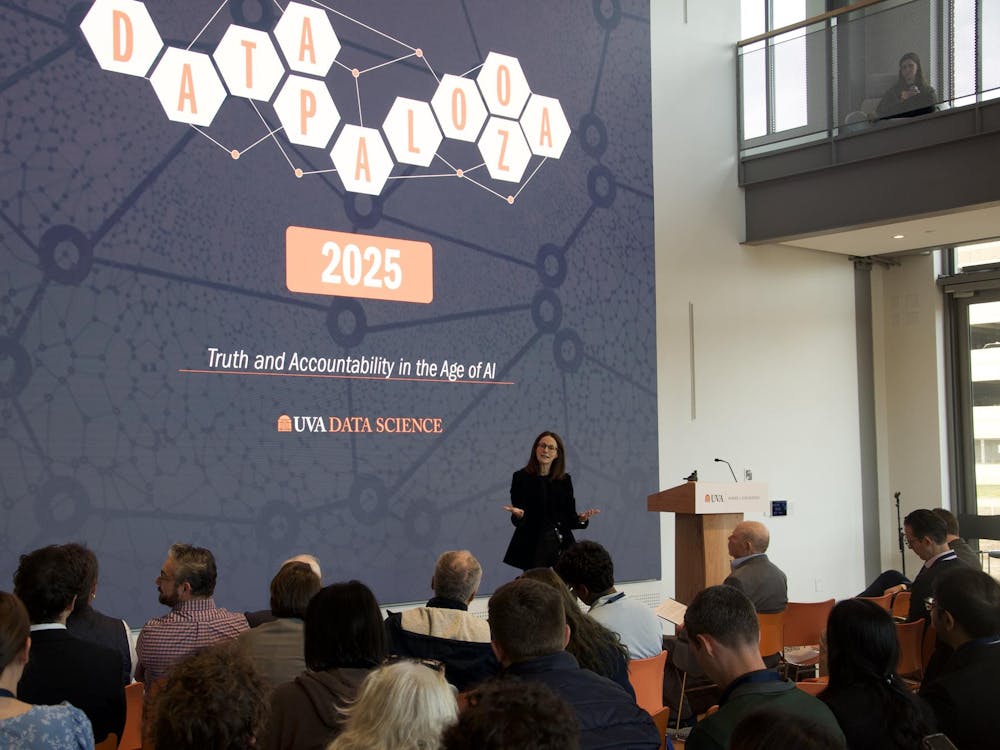Prince William County's immigration policy, similar to the controversial policy enacted in Arizona this April, appears to have had an impact on the county's Hispanic population, according to the University's Center for Survey Research.
The report, released Tuesday in conjunction with the Police Executive Research Forum, found that between 2,000 and 6,000 illegal immigrants left the county after the policy was implemented. The policy also was linked to a 46.7-percent drop in aggravated assaults, a decrease in hit-and-run attacks and public intoxication violations. The study also found that illegal immigrants comprised only 6 percent of individuals arrested in 2009, two years after the law's implementation.
The county first put the ordinance into effect in 2007 and originally required police officers to review an individual's immigration status during all detentions, including traffic stops, given probable cause that they were undocumented. Concerns about unconstitutionality and racial profiling quickly arose, though, leading officials to modify the policy in 2008. The new system directed officers to investigate the immigration status of all individuals and not just those who were suspected of having illegal status.
According to Prince William County Board Chairman Corey Stewart, R-At Large, who has spearheaded the county's fight against illegal immigration, the legislation was intended to improve public safety and to identify and removal illegal aliens who commit crimes.
"By that yardstick, the policy has succeeded beyond our expectations," Stewart said.
But Arizona's policy, which has several parallels to the county's ordinance, is being challenged in court. The U.S. Department of Justice, which has challenged Arizona's law, has argued that immigration law and enforcement falls within federal boundaries, not that of the state or local government.
Meanwhile, Mexico filed an amicus curiae brief with the court based on the notion that the policy may negatively impact its citizens living in Arizona.
According to the University's report, Hispanics - which comprise most of Prince William County's noncitizen community - are now hesitant to live in the area. Local citizen Melissa Gieras agreed, noting that the law has created a sense of fear of the government among the county's Hispanic population.
Consequently, the county has fewer individuals for whom it must provide public services, another goal of the legislation because it theoretically would allow the county to save money. The actual implementation of the ordinance, however, wound up costing the police department $3 million, and the local economy has taken a hit.\nLocal businesses felt the immediate toll of the policy as a result of their decreased clientele base.
"This is something that would hurt all Hispanic businesses in this area," said Gieras, program and business development manager at Radio Fiesta in Woodbridge, Va.
The ordinance's commercial impact was not aided by the poor economy across the nation. Radio Fiesta, for example, experienced a significant loss in advertising revenue because many businesses were forced to slash their budgets in response to the poor economy. As a result, many immigrants walked out on their mortgages, and the county felt the drop in revenue from property taxes that ordinarily help fund public education and the police department.
Nevertheless, Stewart plans on promoting Prince William County's model across the commonwealth.
"I believe the report confirms what we believed all along," Stewart said. "The policy we have is fair, and while there were some temporary blips, we now have a policy that has overcome any short-term drawbacks."
Texas state Rep. Debbie Riddle, R-Tomball, recently proposed a similar law for the state of Texas.?






